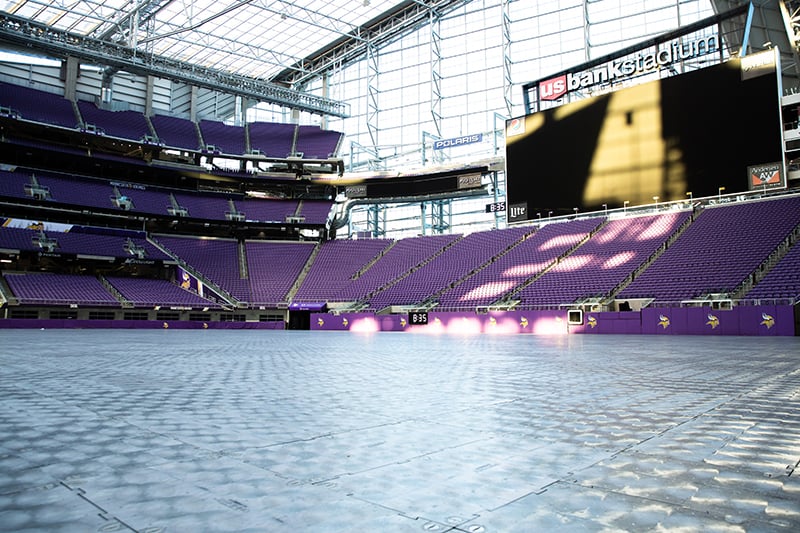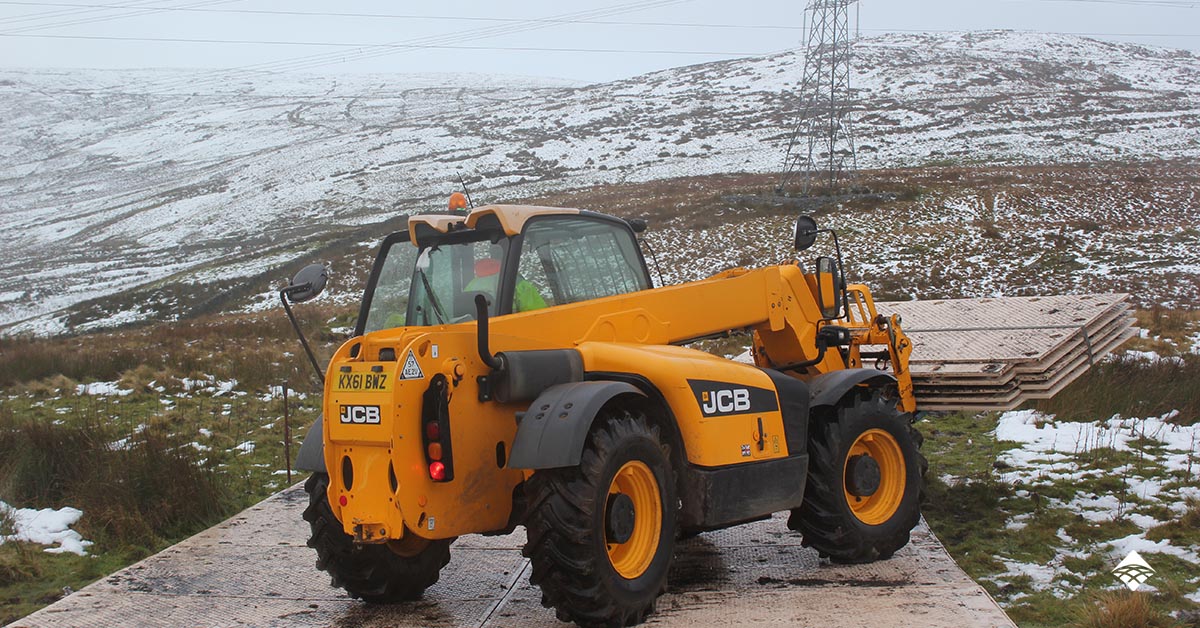3 min read

To ensure safety at a construction site or manufacturing plant in summer months, it’s critical to assess and respond to heat-related health risks. According to the CDC, crews working in hot environments or those who are exposed to elevated temperatures around running equipment may be at risk of heat stress, resulting in heatstroke, heat exhaustion, heat cramps or heat rashes. Warmer temperatures can also increase the risk of injuries in workers as they can lead to sweaty palms, fogged-up safety glasses and dizziness.
“Heat safety is a priority and a key part of our broader company safety strategy at our manufacturing plant and warehouses,” says Signature’s Vice President of Operations Jeff Condino. “We’ve recently upgraded the entire ventilation system at our manufacturing facility and continuously monitor temperatures near heat-generating manufacturing equipment. We follow industry guidelines — as well as common sense — on keeping our valuable crews safe and healthy throughout the summer.”
As temperatures begin to increase, keep these five heat safety tips top of mind.
1. Be heat and humidity aware
As warmer temperatures occur, make a note to start tracking daily temperature and humidity forecasts, especially for daytime shifts. If conditions change quickly or new workers are hired, incrementally increase workers’ time in hot conditions over a week to two weeks to acclimate them to the environment. Managers should keep an eye on all workers for any signs of stress and allow workers to interrupt their work as needed.
Signs of heat exhaustion:
- Sweaty
- Weak or tired, possibly giddy
- Nausea
- Pale, clammy skin
Signs of heatstroke:
- Mental confusion, delirium, fainting or seizures
- Body temperature of 106° or higher
- Hot, dry skin, usually red or bluish
2. Schedule multiple water breaks throughout summer months
Clean, cool water should be made accessible near the work area. If crews are in the heat for longer than two hours and are involved in moderate physical activity, workers should drink one cup (8 oz.) of water every 15 to 20 minutes, though not exceeding six cups per hour.
When the work involved causes prolonged sweating lasting several hours, sports drinks containing electrolytes should be available to help employees replenish and rebalance.
Cola, coffee and iced tea should be avoided during work hours, as caffeine is a diuretic. Don’t wait until you’re thirsty to drink. And when doing heavy work, it’s better to sip rather than gulp liquids.
3. Monitor temperature levels throughout work areas, especially around heat-generating equipment
At Signature’s U.S. manufacturing plant, thermometers are placed near heat-generating equipment, so workers and managers have a consistent reminder to be heat aware.
In addition to a thermometer, OSHA recommends these tools to monitor heat stress:
- Use an on-site wet bulb globe temperature (WBGT) meter, the most accurate way (Morris 2018) to measure environmental heat impact on body temperature. WBGT incorporates temperature, humidity, sunlight and air movement into a single measurement. Review OSHA’s guidance for using and interpreting WBGT.
- Download the NIOSH/OSHA Heat App [iOS | Android] to access a simple heat calculator on your device. Remember that the Heat App provides only heat index (HI), not WBGT, although it does also offer workload guidance.
4. Provide adequate ventilation and air movement
According to OSHA, engineering controls such as increased airflow through ventilation, air conditioning or evaporative cooling can make the workplace safer.
Use exhaust ventilation in areas of high heat; shield radiant heat sources, such as furnaces or hot machinery; eliminate steam leaks and consider cooling vests if needed in extreme situations where frequent breaks aren’t practical.
5. In extreme heat, shorten work periods and increase rest periods
Consider shorter work periods, especially for heavier physical work, when temperature, humidity or sun intensity increases; when there is no air movement and if protective clothing or equipment is worn.
Empower supervisors and workers to slow down physical activity like reducing manual handling speeds or scheduling work for the morning or in shorter shifts with frequent rest breaks in the shade or at least away from heat sources, OSHA recommends.
Heat-related illnesses can have a substantial cost to workers and employers. OSHA encourages water, rest and shade as prevention as well as treatment for heat-related illness.


